On November 14th, 2021, Argentina will hold a federal parliamentary election and Chile will hold a presidential election on November 21st. At a time when both countries are facing major political events, a territorial dispute arose over the southern seas of South America. National territory is a symbol of national sovereignty, and each country has a firm reason why it cannot give that up. Even these days, Russia, NATO[1], China, and many other countries around the world are in conflict over specific territories. Let's take a look at various aspects of territorial disputes around the world and international solutions for them.
Chile vs. Argentina: Disputes Due to Ambiguous Boundaries
The conflict between the two countries started as Chile updated Nautical Charter 8 which revealed Chile’s maritime territory at the end of August. In this charter, Chile set its continental shelf as 30,000㎢ wide, including 5,500㎢ that Argentina claimed as its sovereignty. It was the area near the Drake Strait located between the southern tip of Chile and the South Shetland Islands in Antarctica. Shortly after Chile's announcement, Argentina insisted it was in danger of losing part of the continental shelf through a statement from the Ministry of Foreign Affairs. Furthermore, Argentina argued that Chile violated the Treaty of Peace and Friendship signed in 1984 after territorial disputes. The Treaty of Peace and Friendship was possible through the mediation of the Holy See[2] after the two countries severely conflicted over the sovereignty of the southern Beagle Strait. According to CNN, this treaty is based on the southern seas of South America and defines Chile to the west and Argentina to the east. However, the baseline does not extend to Antarctica but stops at a point in international waters. The problem arises at this point. The current disputed sea area is not clearly demarcated by the baseline.
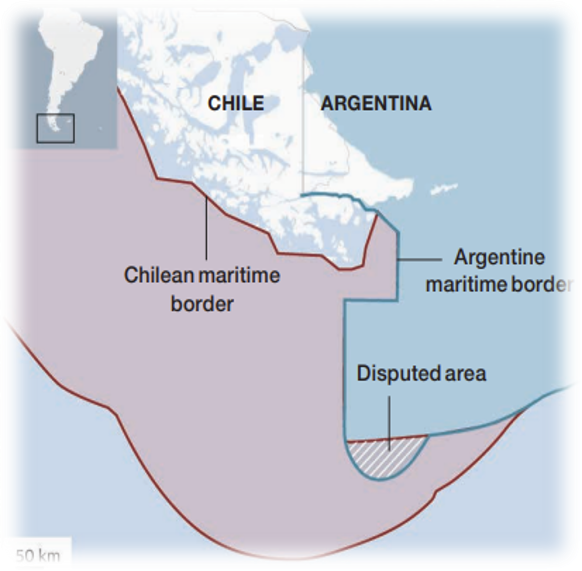
Argentina further claimed that Chile did not object when Argentina marked the current disputed area as its territory in the UN Convention on the Law of the Sea in 2009. In other words, Argentina pointed out the contradiction in the revised maritime charter that Chile announced in August. According to a Reuters report on September 3rd, Chilean President Sebastián Piñera stated they are exercising legitimate rights and said, "This is in clear conformity with international law." It is also during a very important political moment for both countries with Chile is facing the presidential election and Argentina is facing the federal parliamentary elections. Securing territory can gain citizens’ interest and trust toward the government. As such, both countries are not expected to back down easily.
Russia vs. NATO: Is Russia the Owner of Crimea?
Recently, Britain and Russia are fighting over the territorial rights of the Crimean Peninsula in the Black Sea. On June 23rd, the Russian Ministry of Defense announced that the British HMS Defender had entered Russian territorial waters around Crimea in the Black Sea without permission. According to Russia, as a British warship approached Crimea at 11:52 a.m., Russian forces warned that they would attack if Britain invaded the border. However, the British ignored the warning, so Russia fired warning shots and dropped four bombs at the British at 12:06 a.m. Russia's armed response implies that it had sovereignty over Crimea in the Black Sea. Unlike Russia, which claimed to have attacked Britain, the British Ministry of Defense totally denied the Russian fire and bombings, along with its invasion of the Black Sea. On June 24th, BBC reported that British Prime Minister Boris Johnson said, “It was wholly appropriate to use international waters” and advocated the freedom of navigation. All of these were remarks not accepting the Crimean Peninsula as Russian territory. The fundamental problem is the absence of an international agreement on exactly which part of the Black Sea is Russian territorial waters. In February 2014, Russia sent military forces to forcibly occupy Ukraine's Crimea. Thus, the Russian government has claimed that Crimea and the surrounding waters are under its control. In contrast, the international community, including Britain, admits neither Russia's sovereignty nor forced annexation. Britain’s navigation of Cape Fiolent in the southern part of Crimea on June 23rd of this year was obviously an act of re-emphasizing the illegitimacy of Russia's annexation. Furthermore, Britain has clearly demonstrated that it recognizes Ukraine's sovereignty and respects international law. On the other hand, Russia has shown to the international community that it will continue to dominate Crimea by claiming to have warned Britain with force.
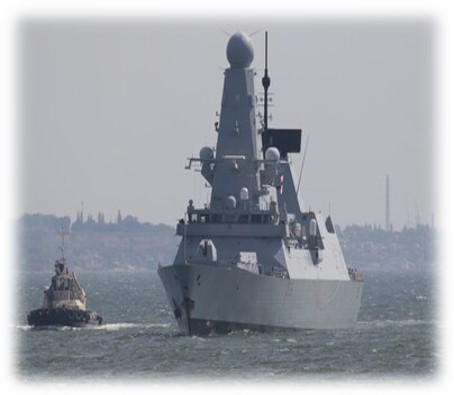
Crimea is also a sensitive military location. NATO members such as the United States, Britain, and France sent warships to the Black Sea or fighters to airspace to hold Russia in check. Between May 10th - 16th, 2021, NATO countries entered the Black Sea one after another, and Russia responded by sending troops. Also, from June 28th to July 10th, more than 30 countries including Ukraine and the United States held large-scale annual military exercises which put Russia on alert. Then, why is Russia unable to give up Crimea even when confronted by the international community? First of all, Crimea is a geopolitical, economic, and strategic location. Due to the advantage of being located between Europe, the Middle East, and Russia, the owner of Crimea has changed several times in history. It has a mild climate including fertile land and a sea that does not freeze even during the winter. In addition, the Sea of Azov, located in the eastern part of the Crimean Peninsula, has large deposits of oil and natural gas. When Ukraine still owned Crimea, Russia had to pay more than $10 million every year to use Crimea's Sevastopol Naval Port and in tolls to pass through the Sea of Azov. In other words, giving up the current occupation of Crimea would result in huge losses. Now Russia cannot step back for these reasons.
China vs. World: Who Owns the South China Sea?
On August 27th, China's Maritime Safety Administration announced that all foreign ships entering their territorial waters must report the ship's name, location, and call sign in advance from September 1st. The rule applies to all seas over which China claims sovereignty. After four days, the Hong Kong South China Morning Post reported “--regulations meant to strengthen its claims over disputed waters, including the South China Sea”. In fact, China is claiming most of the South China Sea as its own and is in conflict with several countries. Although the Permanent Court of Arbitration (PCA) already rejected China's claim in 2016, China has built large artificial islands in some areas and even fortified them. This was why the conflict with Southeast Asian countries intensified. Furthermore, China announced its plan to set up an administrative agency in the South China Sea to manage islands, coral reefs, and waters on April 18th, 2020. As a result, Vietnam strongly protested and demanded its withdrawal. Even before that, on April 2nd, a Vietnamese fishing boat collided with a Chinese maritime surveillance ship and sank, and the Vietnamese fishermen were imprisoned. The conflict between the two countries worsened since, in July 2020, China conducted military exercises on the Paracel Islands in the South China Sea, a disputed territory between China and Vietnam. A spokesperson of the Vietnamese Ministry of Foreign Affairs sent a diplomatic document to China pointing out it was ignoring Vietnam's sovereignty. The Philippine Secretary of National Defense also expressed concern, saying it has provoked many parties claiming sovereignty in the South China Sea. Meanwhile, the conflict between China and the Philippines is still ongoing. This is because, since late 2020, hundreds of Chinese ships have docked on reefs near the waters the Philippines claims to be its Exclusive Economic Zone.[3] On May 3rd, 2021, the Philippine Foreign Minister directly criticized China. Under these circumstances, the United States also entered into the conflict. In early September, the USS Benfold sailed near Mischief Reef in the South China Sea. It is one of the seven artificial islands that China fortified in 2014. China strongly condemned the United States for violating its sovereignty. China claims this artificial island and the surrounding 12 nautical miles are its territorial waters, but the United States disagrees. Then, on September 8th, an editorial directly criticizing the United States appeared in the Chinese Global Times. It said, “While China is competing with the U.S. at sea, it must also make preparations for military frictions when the two sides fail to control their disputes, as well as the possible large-scale military conflicts afterward”. This is the part that confirms China's obsession with dominating the South China Sea. It was in 1947 that China first revealed its intention to dominate. From 1988, China separated a small province named Hainan and started installing administrative offices in 2012. Even though China has been working towards this for a long time, the dispute over territorial rights in the South China Sea is not likely to end easily since many countries are involved in the conflict.
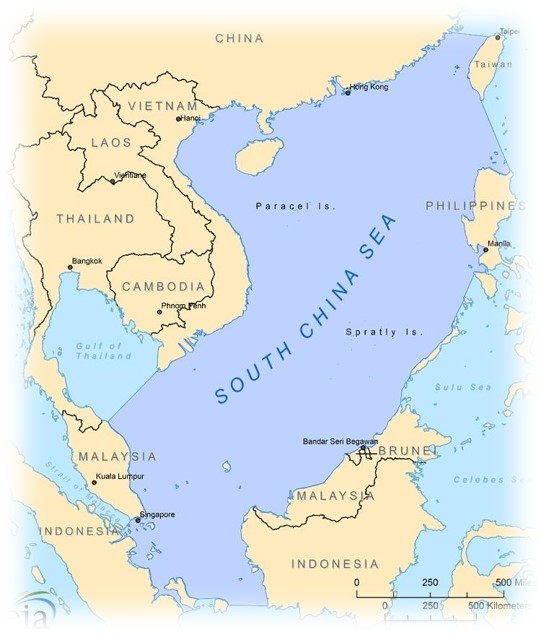
Methods of Resolving Territorial Disputes and Related Cases
What are some ways to end the territorial disputes? The UN Charter stipulates all international disputes, including territorial disputes, should be resolved peacefully through diplomatic and judicial mechanisms. However, as it is not easy, some countries relied on the power of an international judicial body. The International Court of Justice (ICJ), one of the main institutions of the United Nations, was established in 1945 to resolve escalating national disputes through international law. 15 judges of different nationalities make decisions based on historical documents or materials to prove substantive dominance.
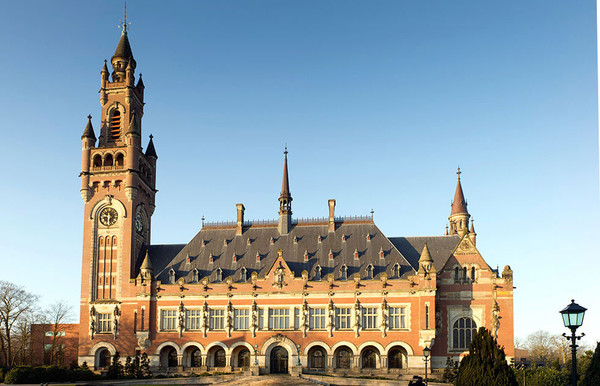
Another institution is the International Tribunal for the Law of the Sea (ITLOS), which was established in 1996 to settle global maritime disputes. ITLOS handles maritime-related litigation such as the boundaries of the continental shelves or fishing rights. Unlike the ICJ, there are 21 judges, and decisions are made solely through a single trial. Therefore, the trial begins after both countries agree that they will accept the judgment in advance. Thailand and Cambodia submitted a ruling to the ICJ in 2011 after a territorial dispute over the Temple of Preah Vihear and its surrounding sites had been at a stalemate for more than a century. The circumstance was so severe that about 30 people were killed after two military clashes between the two countries. Both prime ministers agreed that they will respect the judgment before the trial. In 2013, the conflict was settled as the ICJ sided with Cambodia. Also in December 2009, Bangladesh and Myanmar submitted a trial to ITLOS to resolve the issue of subsea oil development in the Bay of Bengal waters in the northeast of the Indian Ocean. Finally, on March 14th, 2012, the ITLOS concluded a territorial dispute by determining the boundary between the two countries as the middle line of the sea area. In this way, the conflicts between the countries can be settled peacefully with a judicial body after prior agreement.
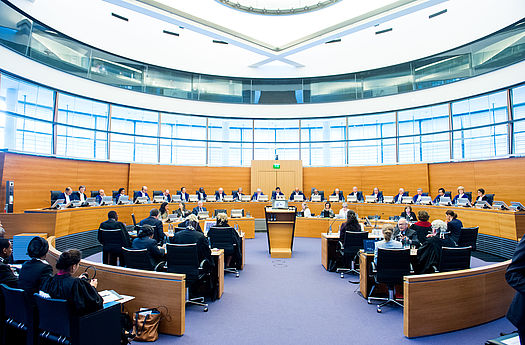
Countries around the world are in conflict claiming sovereignty over a specific territory for their own reasons. The higher the value of the disputed territory, the longer the conflict lasts. Military clashes and casualties may also occur during the collision. Therefore, it is important to show constant interest so that the conflict does not become worse. CAH hopes the countries harmonize their positions as soon as possible.
[1] North Atlantic Treaty Organization. A military alliance created by 30 countries in North America and Europe to hold the Soviet Union in check during the Cold War era.
[2] It is the name given to the government of the Roman Catholic Church, which is led by the pope as the bishop of Rome. (https://bit.ly/3FaFgyn)
[3] A body of water that can exercise exclusive rights over resources up to 200 nautical miles from its coast. Follows the United Nations International Law of the Sea. (https://bit.ly/2YIKPTP)

